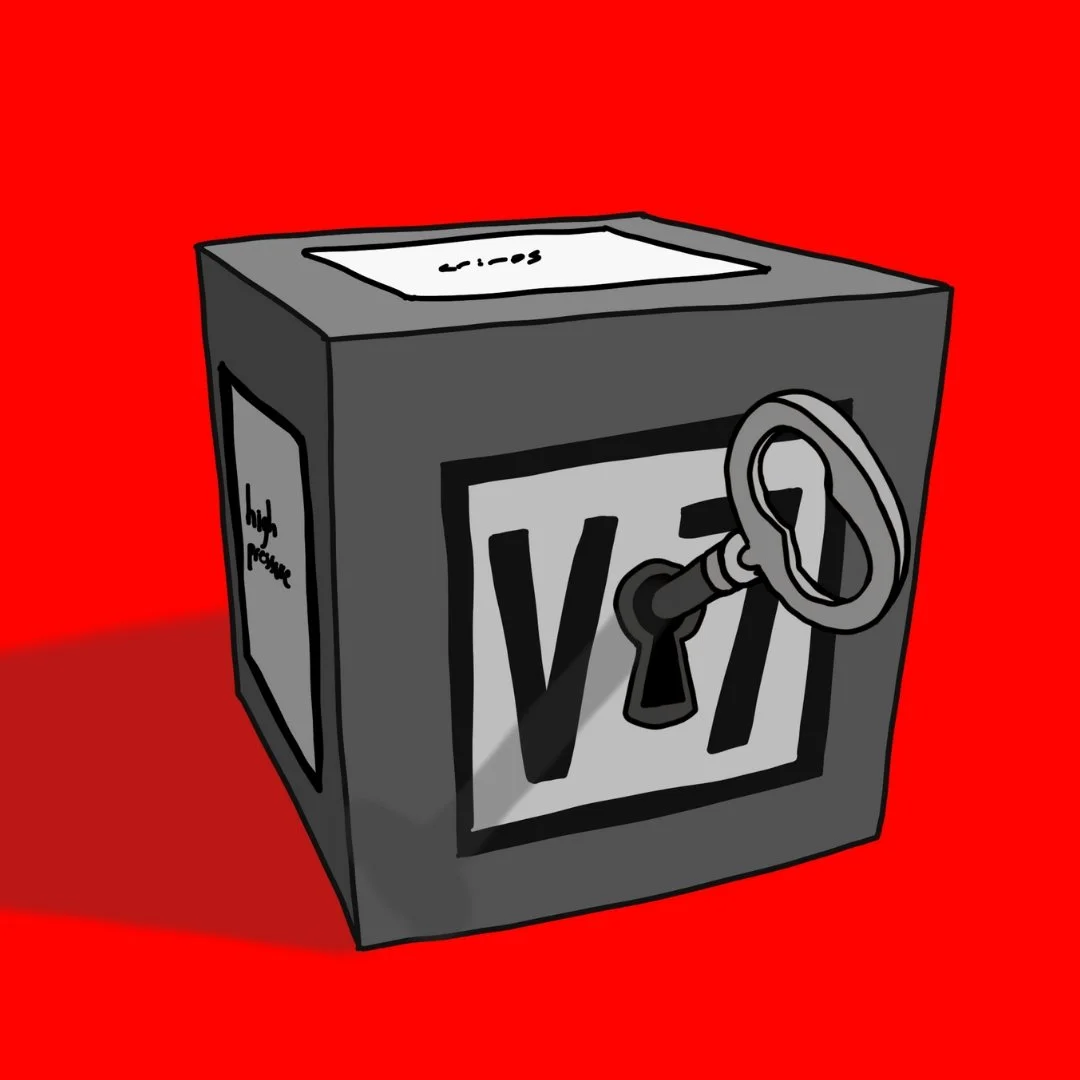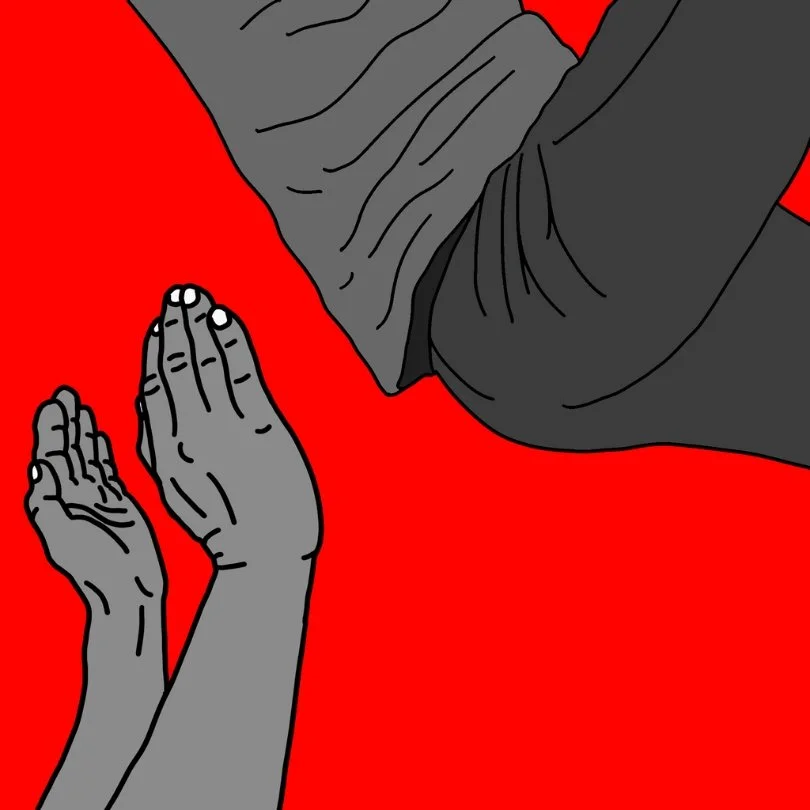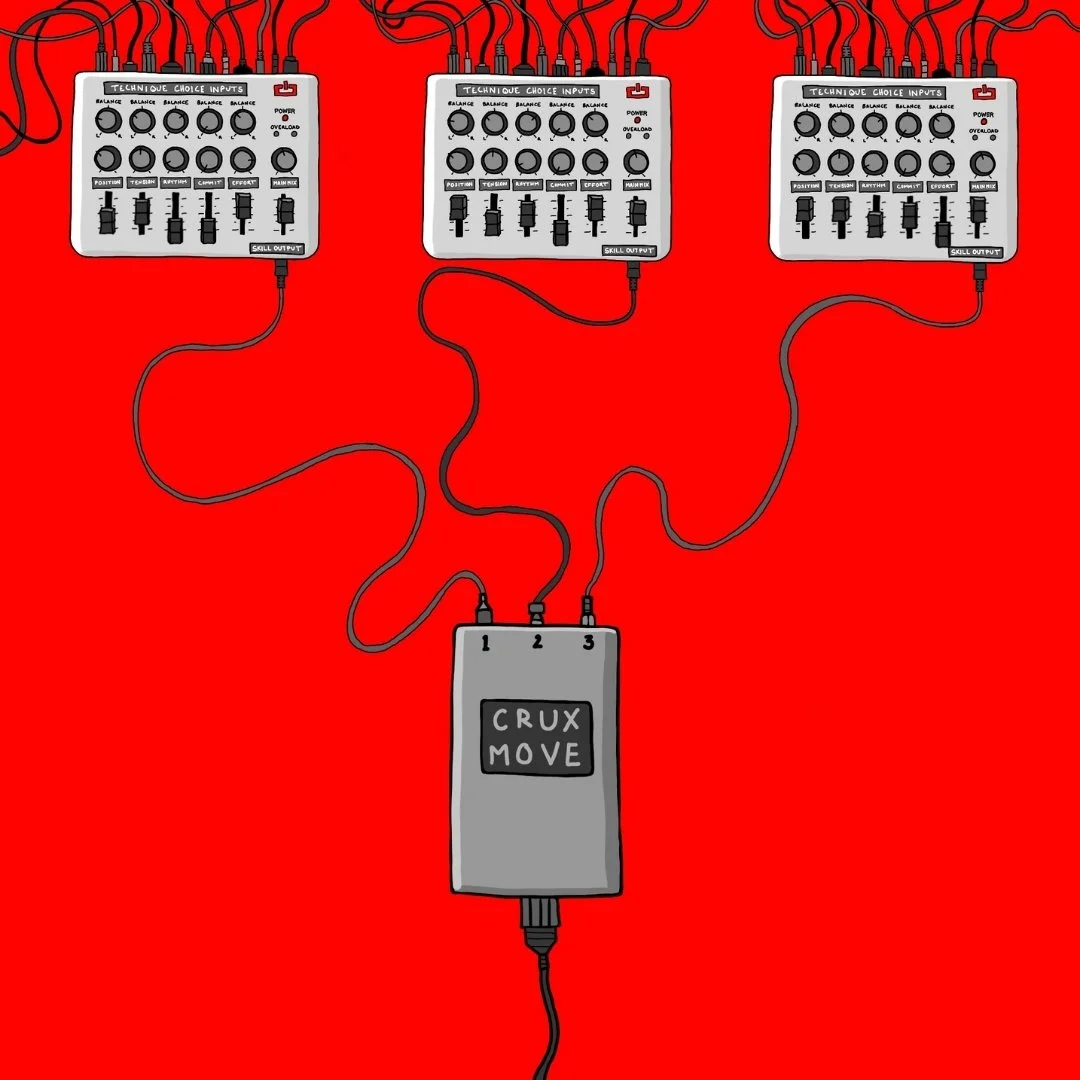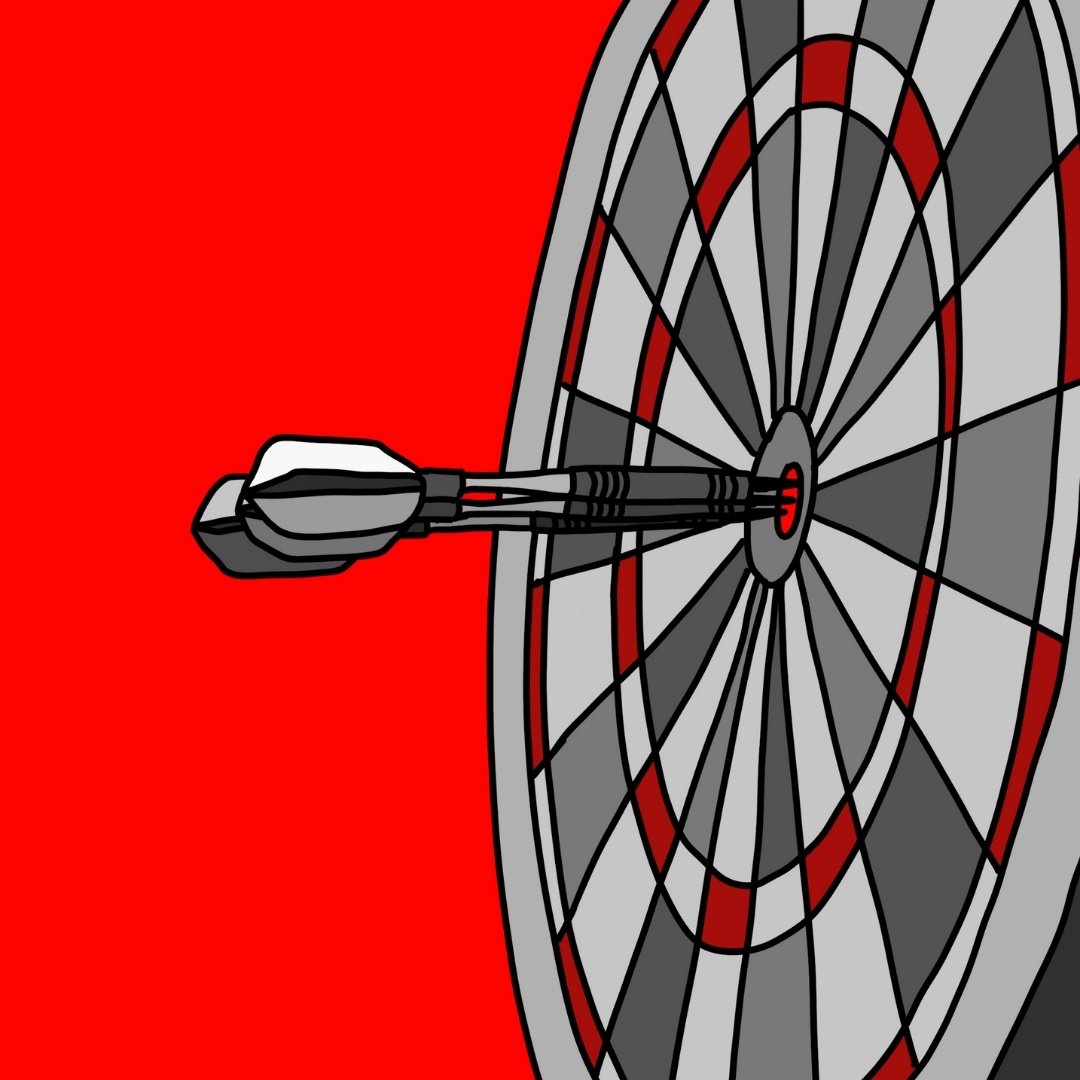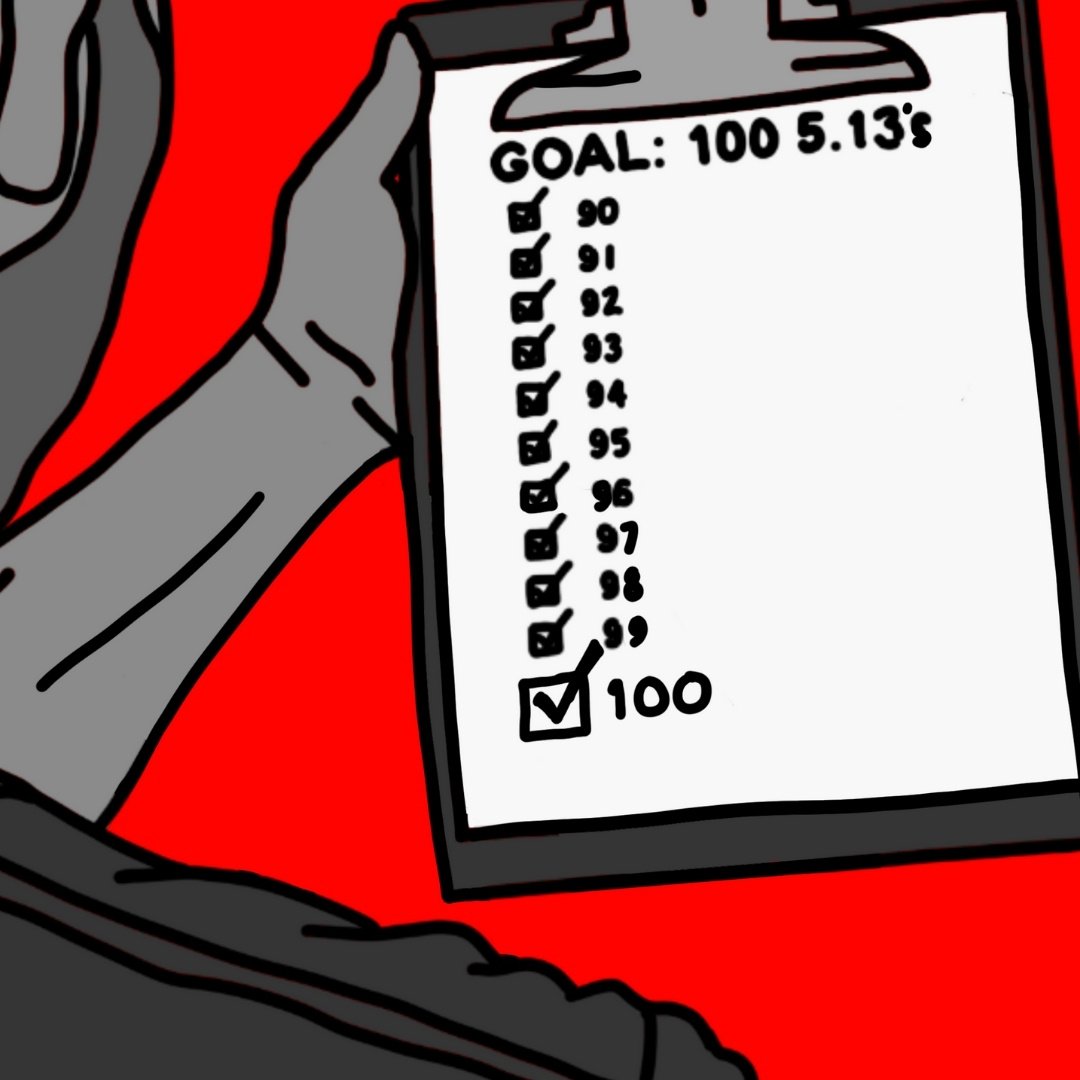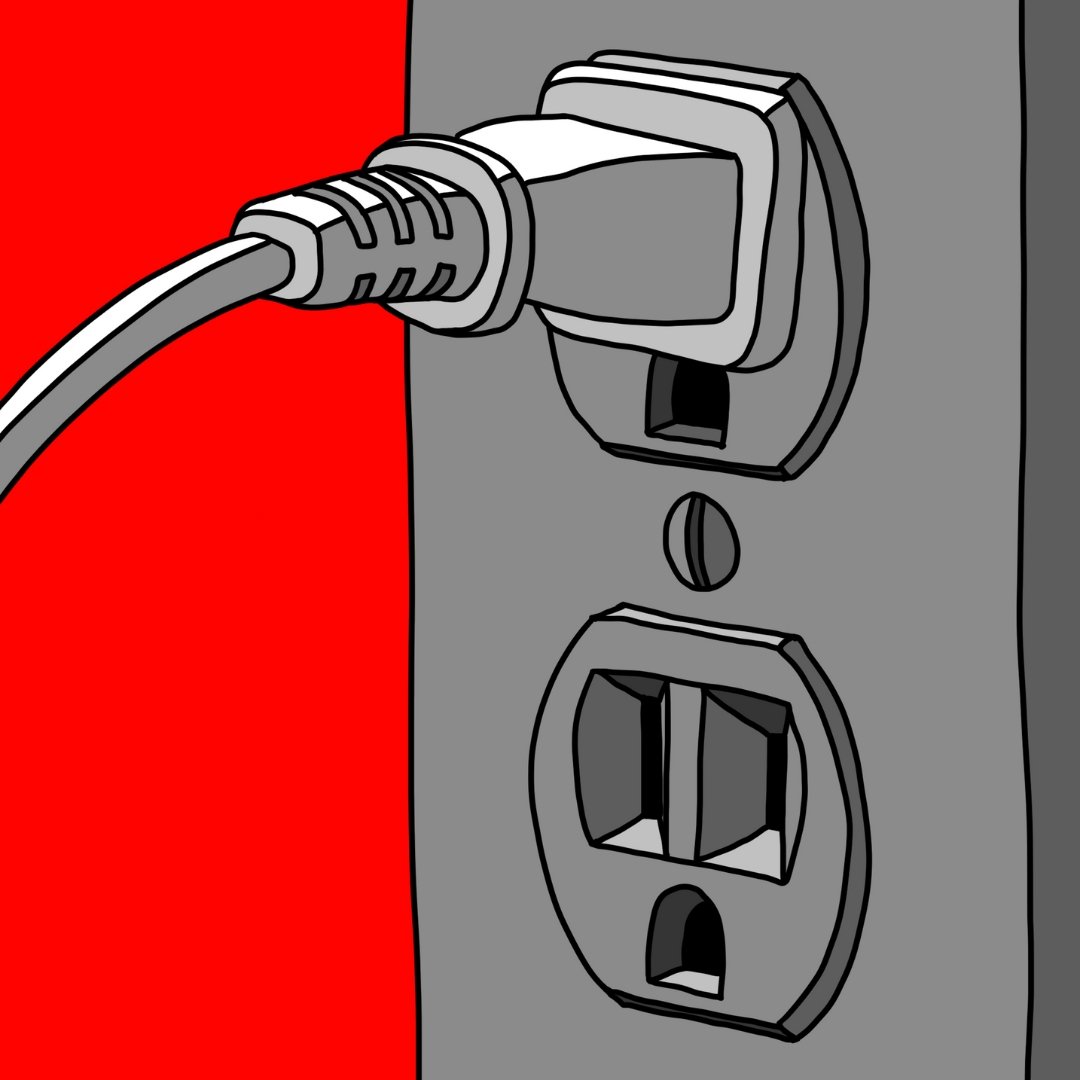It All Comes Back to Effort
Over the past year or so, I’ve talked a lot about the idea of connecting dots rather than just releasing a stream of disparate content that adds to the information overload. I think I’ve been largely successful in sticking with that, though it’s sometimes hard to tell when I’m deep in a rabbit hole.
Often, I think I’m going in an entirely new direction, only to realize that I’ve looped around and connected back to one of the rabbit holes I’ve already spent considerable time in. I suppose, in some way, this justifies the time spent in these rabbit holes. It’s all connected in such a deep way that I just can’t untangle it. Frankly, sometimes I think we shouldn’t even try to untangle it – that the entire idea of isolating one aspect from another is going in the wrong direction. In which case, maybe “Just climb more,” is actually great advice.
But it isn’t. Because we’re human and we will, very predictably, trend toward our comfort zone. For the most part, we are wired for safety and homeostasis. And if we ever want to improve, we need to push against that. As a coach, I have to stay in these rabbit holes longer than is comfortable to make sure I’ve seen all of the hidden branches.
I recently came across a video of psychologist, leadership professor, and former NBA player John Amaechi discussing a concept that he calls “Paying the FEE.”
FEE: Focus. Effort. Execution.
This concept, while simple, tied a lot of loose ends together. In talking with Josie McKee about the mental side of climbing, she had landed on the idea of Focus. Everything we lump into mental training, ultimately, is to improve our focus. To get past distractions – whether fear or anxiety or whatever. More on that down the road.
And as I’d started to dabble in sorting through a framework for climbing tactics, I’d realized it’s all about improving Execution.
So basically, I’m finally understanding that all roads (or rabbit holes, as the case may be) lead back to Effort. Off the wall, on the wall, in preparation, in practice, in performance, all the time.
How are you allocating and regulating your effort?
I thought I’d explored this deeply in my REMIX podcast episode. Then I thought I’d gone even deeper in the Atomic Elements of Climbing Movement course. But when I looked back at it, the entire thing was still a little abstract and amorphous. I’d touched on each dot, but hadn’t really connected them in an actionable way.
Now I have. And it’s FREE.
Well, it’s free of a monetary investment. It’ll cost you an hour to watch all six of the videos, and if you want to lean in the way I have, it’ll cost you more time in sorting out how to best apply it to you and your climbing. It will be time well spent.
My goal in creating this toolkit – the first of several to take on abstract concepts – is to answer a few simple questions about effort:
How can we cultivate the ability to try harder, or softer, or longer, or just plain better?
How do we teach someone else to do it?
Can we do it on command?
So if you’re someone who learned from the Atomic Elements of Climbing Movement course that effort is something you could be putting work into, then this course will be a game-changer for you. Same if you’re a coach (also, expect some updates to the Coaching for Mastery course in the coming months).
Beyond drills, the Try Harder Toolkit details actionable methods regarding the psychology of effort, goes into ways to use Bill Ramsey’s Pain Box concept, and walks you through what the research says about creating a pre-performance routine and regulating effort mid-climb to give the appropriate amount when it counts the most.
Finally getting this out into the world feels like I’ve reached the deepest part of the effort rabbit hole. I certainly haven’t, but for now I can at least branch off and connect it to the other rabbit holes. Thanks for exploring them with me.
Headed back into the goals rabbit hole now, and hope to have a free toolkit for that in the coming months.
– Kris
Related Things to Stay Current:
The Power Company Podcast is back in action. This past month we released a great Board Meeting about how to improve your working goes on projects.
A short segment on common mistakes made on working attempts made it onto our YouTube as well. While this format is a departure from what I’ve been doing on YouTube, I think its value is that it’s jam packed with actionable info.
The parenting and climbing docuseries episode that I was featured in is out on YouTube. If you are a parent, you’ll find a lot in this series to relate to.
Don’t forget! If you aren’t on the email list for THE CURRENT, you won’t get the email next month. Make sure you’re subscribed HERE.



